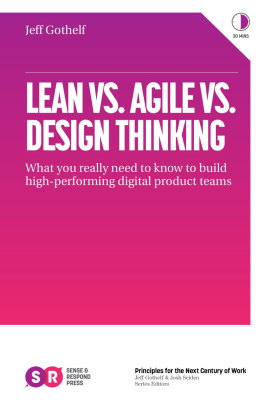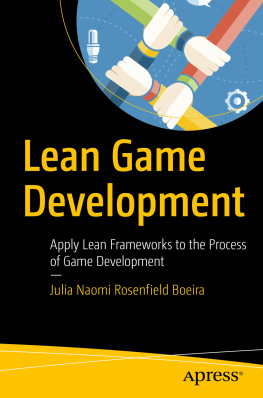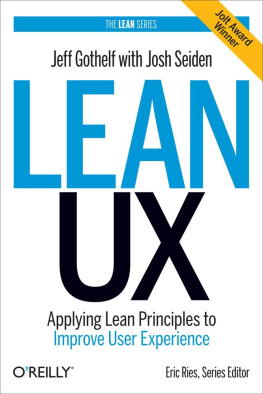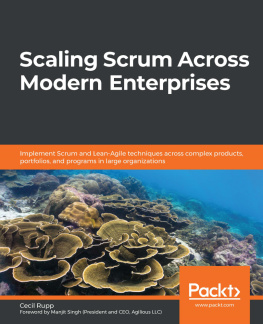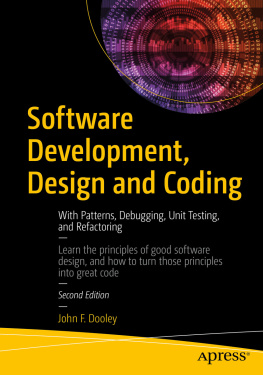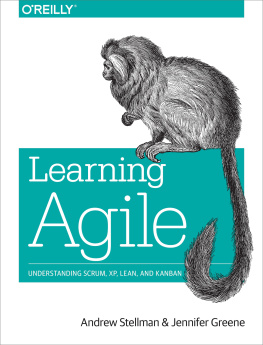Curt Hibbs - The Art of Lean Software Development
Here you can read online Curt Hibbs - The Art of Lean Software Development full text of the book (entire story) in english for free. Download pdf and epub, get meaning, cover and reviews about this ebook. year: 2009, publisher: OReilly Media, genre: Romance novel. Description of the work, (preface) as well as reviews are available. Best literature library LitArk.com created for fans of good reading and offers a wide selection of genres:
Romance novel
Science fiction
Adventure
Detective
Science
History
Home and family
Prose
Art
Politics
Computer
Non-fiction
Religion
Business
Children
Humor
Choose a favorite category and find really read worthwhile books. Enjoy immersion in the world of imagination, feel the emotions of the characters or learn something new for yourself, make an fascinating discovery.

- Book:The Art of Lean Software Development
- Author:
- Publisher:OReilly Media
- Genre:
- Year:2009
- Rating:4 / 5
- Favourites:Add to favourites
- Your mark:
The Art of Lean Software Development: summary, description and annotation
We offer to read an annotation, description, summary or preface (depends on what the author of the book "The Art of Lean Software Development" wrote himself). If you haven't found the necessary information about the book — write in the comments, we will try to find it.
This succinct book explains how you can apply the practices of Lean software development to dramatically increase productivity and quality. Based on techniques that revolutionized Japanese manufacturing, Lean principles are being applied successfully to product design, engineering, the supply chain, and now software development. With The Art of Lean Software Development, youll learn how to adopt Lean practices one at a time rather than taking on the entire methodology at once. As you master each practice, youll see significant, measurable results. With this book, you will:
- Understand Leans origins from Japanese industries and how it applies to software development
- Learn the Lean software development principles and the five most important practices in detail
- Distinguish between the Lean and Agile methodologies and understand their similarities and differences
- Determine which Lean principles you should adopt first, and how you can gradually incorporate more of the methodology into your process
- Review hands-on practices, including descriptions, benefits, trade-offs, and roadblocks
- Learn how to sell these principles to management
The Art of Lean Software Development is ideal for busy people who want to improve the development process but cant afford the disruption of a sudden and complete transformation. The Lean approach has been yielding dramatic results for decades, and with this book, you can make incremental changes that will produce immediate benefits.
This book presents Lean practices in a clear and concise manner so readers are motivated to make their software more reliable and less costly to maintain. I recommend it to anyone looking for an easy-to-follow guide to transform how the developer views the process of writing good software. -- Bryan Wells, Boeing Intelligence & Security Sytems Mission System
If youre new to Lean software development and youre not quite sure where to start, this book will help get your development process going in the right direction, one step at a time. -- John McClenning, software development lead, Aclara
Curt Hibbs: author's other books
Who wrote The Art of Lean Software Development? Find out the surname, the name of the author of the book and a list of all author's works by series.

